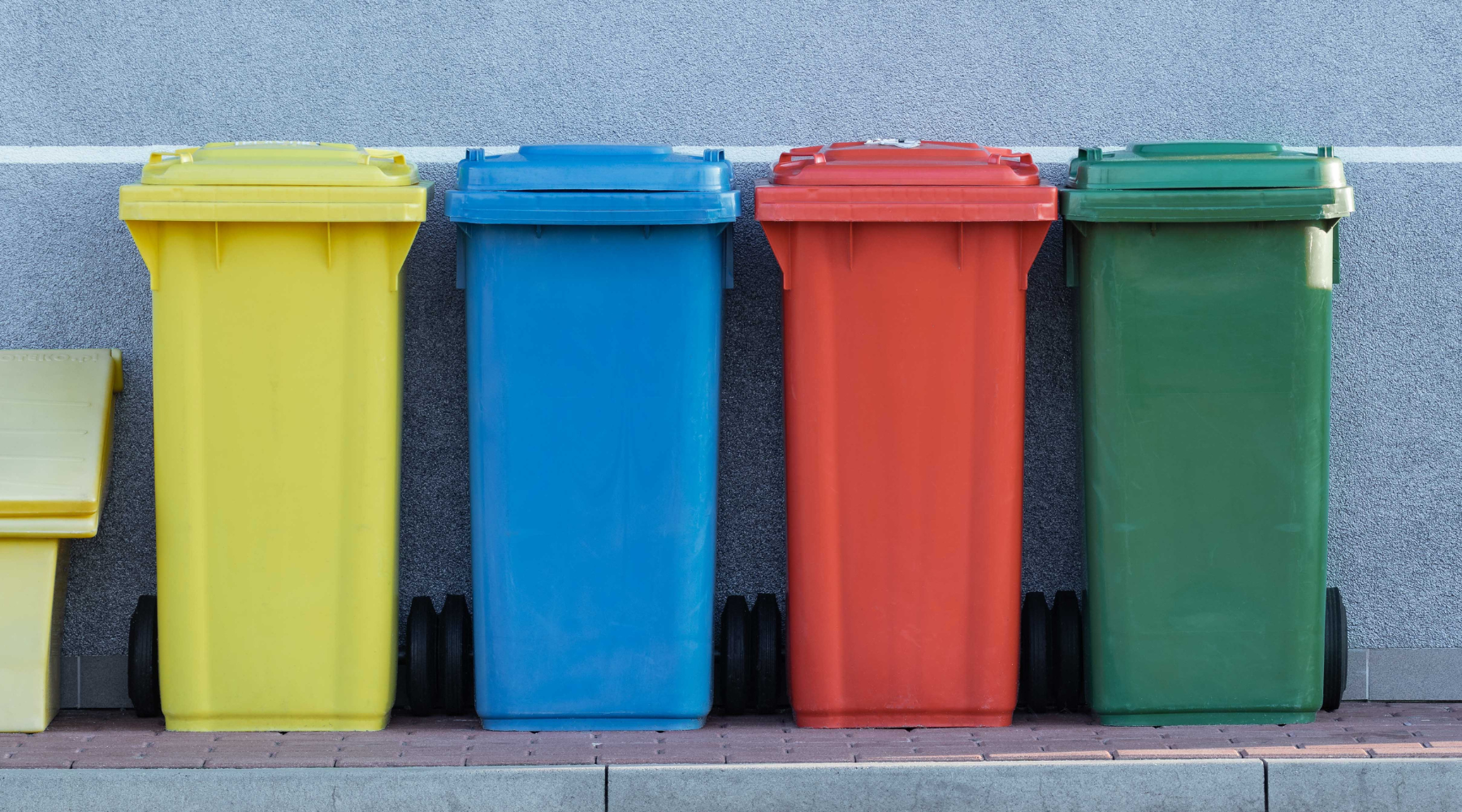What exactly can and can't you recycle
It's a tricky question. And it all starts with the pizza box!
Recycling has become an essential practice in modern society, offering an effective way to reduce waste and conserve resources - which many will argue is one of the most important outcomes we must resolve this decade. By recycling, we can help minimise the strain on our environment and contribute to a more sustainable future.
However, not everything can be recycled, and it's crucial to understand what items can and cannot go into the recycling bin. It will always be borough or town/city dependent in the UK. But there are a few things that people often get confused with when deciding what goes in the green bin.
Regular home recycling:
Cardboard: The dirty pizza box is one important piece of cardboard that might look recyclable but actually isn't. When reviewing your cardboard item at home, check that it isn't soggy, contaminated with food or grease, or dirty. Only clean, dry cardboard should be put into the recycling. Thin or thick, black, brown, or coloured cardboard, as long as it's clean, it is all good to go in.
If there are any non-plastic items on the cardboard (or paper), these must be removed before adding them to the recycling.
Paper: As with cardboard, it's important to make sure that you don't put soiled, dirty or wet paper into the recycling, or at least rip off the dirty and soiled bits first before chucking the remainder in.
One thing you may not know is that there is an allocation of contaminated recyclables which can go to large recycling facilities (for example, it used to be less than 15% for London Haringey) but if a load has over that percentage then the whole load will go into the incinerator to become energy.
Also as Selectra explains about shredded paper and the importance of checking the size and quantity: "small quantities of shredded paper are permitted to enter your recycling bin, but the machines at waste processing plants can struggle to pick out shredded paper due to its size. So if it is too fine, or you have a large volume, then a trip to a recycling centre is appropriate."
Plastics: Commonly used plastics like pots, tubs and trays are all fine to go in the recycling, once cleaned. However, other plastics like laminated pouches (cat and children's baby food), toothpaste tubes and bread bags, are not recyclable.
Plastic containers labelled with recycling symbols, such as PETE (polyethylene terephthalate), HDPE (high-density polyethylene), PVC (polyvinyl chloride), LDPE (low-density polyethylene), and PP (polypropylene), can generally be recycled. These commonly include water bottles, milk jugs, detergent bottles, and food containers, once washed.
As DCW explain** "...plastic doesn’t have a bad reputation for nothing. Plastic is harmful for birds and other wildlife, who sometimes mistake it for food. As a result, the plastic can clog up an animal’s intestines, and they can die of starvation."
Paper straws: One item that is often confused is the paper straw. Unfortunately, neither plastic nor paper straws can realistically be recycled due to their size and thickness. Often paper straws also contain a microplastic layer, and often they get contaminated with the liquid. All plastic and paper straws currently go to landfill.
What is also more interesting about the paper straw is that under the right conditions, they can degrade - many of them are just biodegradable paper. But often, they're not picked up by the recycling facilities, or they're thrown in the normal bins by consumers, thus ending up in landfill like the rest of our rubbish***. And we also have to consider the mileage required to get a straw to a retailer, and consider that the energy used to recycle a pound of plastic vs a pound of paper is higher for paper!
Glass: Like cardboard, it's always one of the goodies in the recycling conversations. Glass is also great because it's a product that can be used again and again, favoured as a true long-term asset in the kitchen for storage, oils and jams way after it's original use. However, sometimes you'll have too many to keep and the good news is that glass bottles and jars are recyclable. Empty glass containers, such as those used for beverages, sauces, or condiments, can be recycled. As with all recycling, it's important to make sure that you remove any caps or lids and rinse the glass jars clean before recycling.
Metal Cans: Aluminium and steel cans, such as drink cans, food cans, and aluminium foil, are recyclable. As always it is important to rinse out any food residue and crush cans if possible to save space.
Non-regular recycling:
Electronics: Many electronic devices, such as computers, laptops, cell phones, and televisions, can be recycled but not within your home recycling. Instead, look for electronic recycling programs in your area or contact local recycling facilities to properly dispose of these items.
Batteries: Like electronics, batteries need to be returned to battery collection points, which are commonly located at the entrances and exits of most major supermarkets, within shopping centres and some high street chemists (like Boots) and hardware stores (like Homebase).
So there we have it. The abridged version of what to pop into your green bin vs your normal wastage bin.
But it doesn't stop there. While considering recycling, you can also think about other things you do day-to-day that will help reduce your carbon footprint - like carrying your own reusable cup, spoon or shopping bag. We will have more on that in the coming months.
Happy recycling!
Additional links and references:
* Selectra
** DCW
*** Beyond Green



Share:
Seeded envelopes...it's bee-cause we care
Fashion trends in sustainability - our next edition